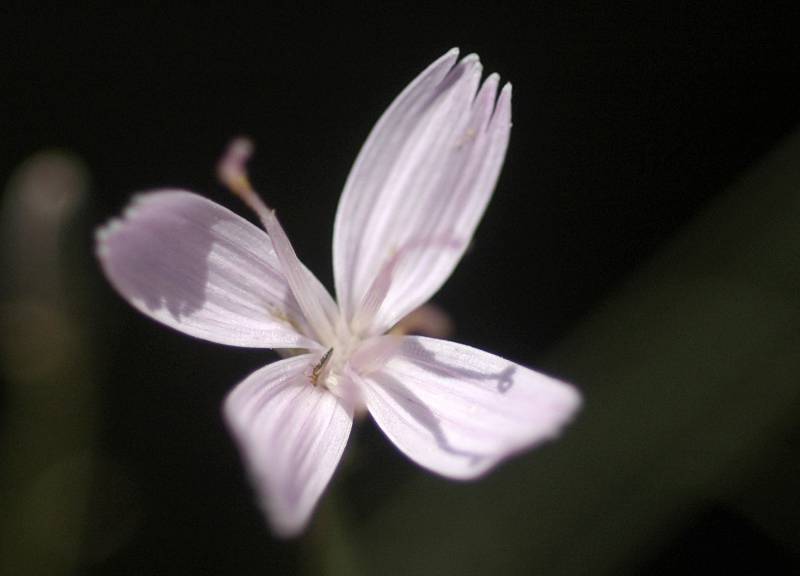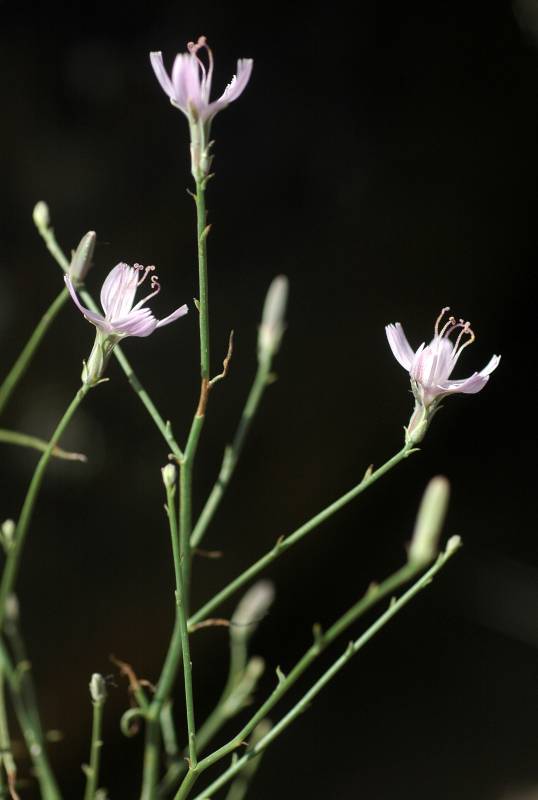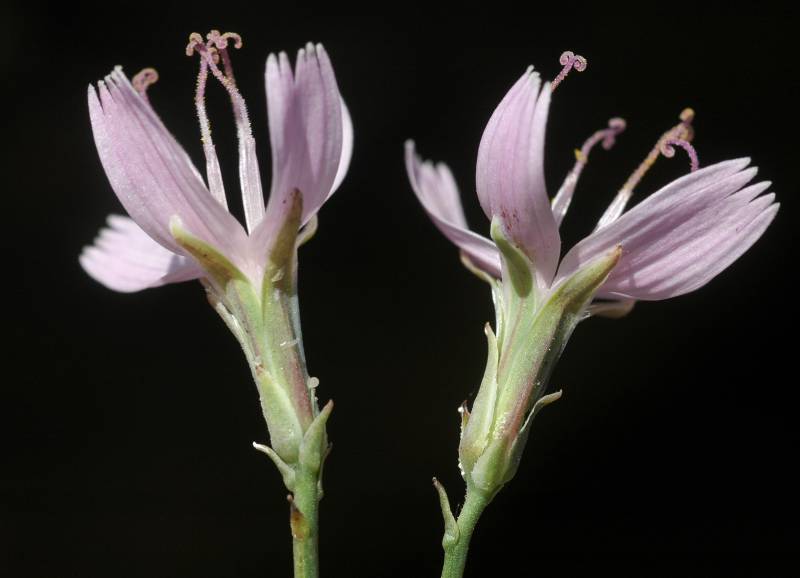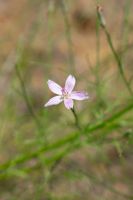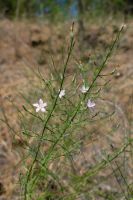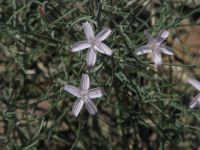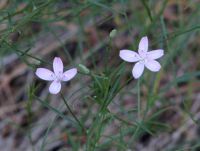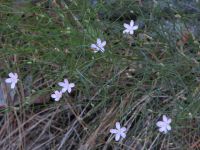Distribution: Known from Spokane County in Washington; southeastern British Columbia to eastern Washington, Idaho and Nevada, east to Great Plains and Great Lakes region.
Habitat: Dry, open places, often in sandy soil, from low to middle elevations.
Flowers: June-September
Origin: Native
Growth Duration: Perennial
Conservation Status: Not of concern
Pollination: Bees, flies, beetles, wasps
Glabrous perennial with milky juice from a deep-seated, creeping root, the stems branched, grooved, 1.5-6 dm. tall.
Leaves alternate, linear, up to 4 cm. long and 3 mm. wide, the upper reduced to awn-shaped scales.
Heads terminating the branches, mostly 5-flowered, the flowers pink or rarely white, all ligulate; involucre 9-16 mm. high, cylindric, usually with 5 principal bracts and several much-reduced outer ones; receptacle naked; pappus of numerous capillary bristles.
Achenes glabrous, sub-terete, several nerved, 6-7 mm. long.
Publication: Fl. Bor.-Amer. 1: 295. 1833.
PNW Herbaria: Specimen records of Lygodesmia juncea in the Consortium of Pacific Northwest Herbaria database
WA Flora Checklist: Lygodesmia juncea checklist entry
OregonFlora: Lygodesmia juncea information
E-Flora BC: Lygodesmia juncea atlas page
CalPhotos: Lygodesmia juncea photos

